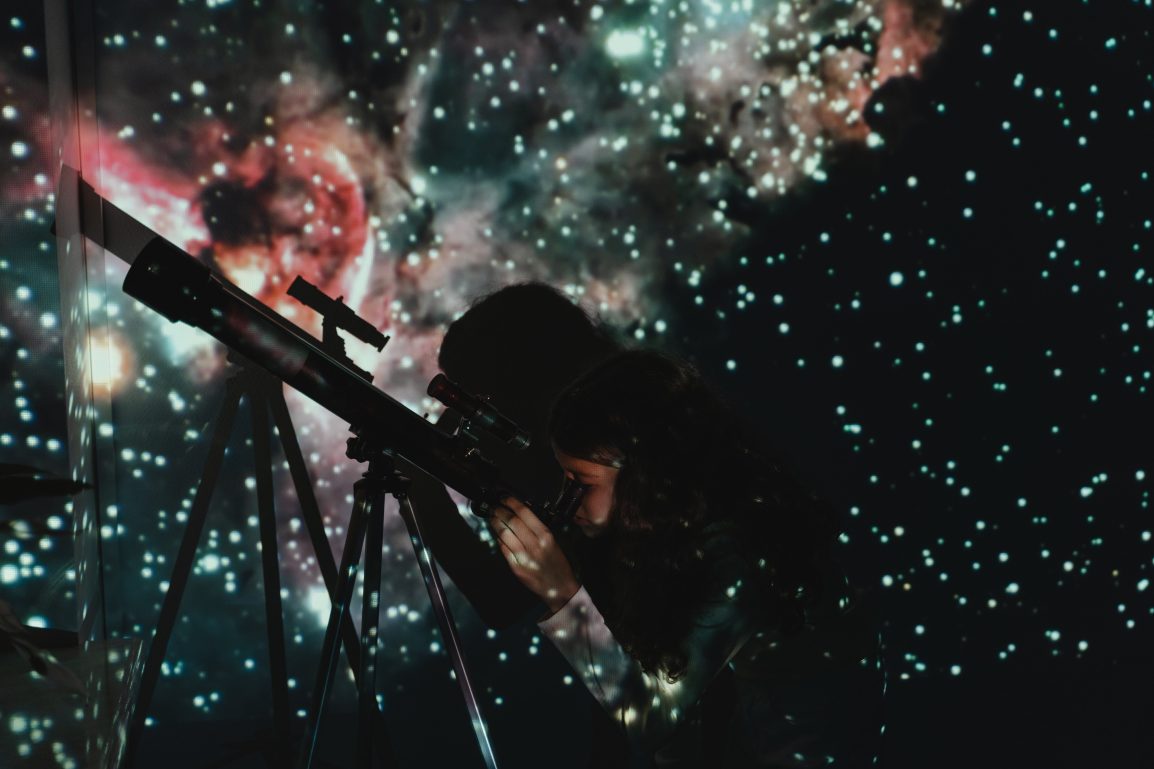Many celestial events occur throughout the year, but most are so minute that they are seldom ever noticed. This is disappointing, as one of my favorite things to do on clear, cloudless nights is just to go outside and stare at the sky. I love trying to look for constellations. The first time I did this, I almost cried tears of joy, which was shocking, even to me. I found Cygnus the Swan, Orion the Hunter, and Canis Major and Minor. Many notable celestial events will occur this year, and I’ll be happy to share my joy with you! I am in the New York area, so the dates will reflect my location.
Solar Eclipses
The biggest event that you have probably heard of is the solar eclipse on April 8th. This eclipse is called the Great North American Eclipse, because it will be visible over most of North America. The last North American eclipse was in 2017, and if you googled it you can see how big of a deal it was. The next North American eclipse after this one is in 2041, and there is no way I’ll be waiting that long! If you plan on watching the eclipse, make sure that you buy proper ISO-certified glasses so as not to damage your eyes. You can see if the eclipse will be in your area here: https://www.timeanddate.com/eclipse/map/2024-april-8.
Meteor Showers
The Quadrantids meteor shower has already passed; it took place on the night between January 3rd and January 4th. However, the next meteor shower, the Lyrids, will peak on the night between April 21st and April 22nd. The naming conventions of these meteor showers are based on the constellation the shower appears around: the Quadrantids are located near now-defunct constellation Quadrans Muralis, and the Lyrids lie around Lyra (lyre). When watching meteor showers, be prepared to wait for a while. The meteors may come either very fast or very slow. It is also helpful to make sure it is a clear night and there are no lights nearby. Other meteor showers this year are the Eta Aquarids, the Perseids, the Draconids, the Orionids, the Leonids, the Geminids, and the Ursids.
Jupiter’s Visibility
A final notable occurrence is the visibility of Jupiter. On February 14, March 13, and April 10, Jupiter will be very close to the moon. The moon’s light will reflect onto Jupiter and make it more visible. When you’re looking at the moon, you can also pull out some binoculars and observe the craters and valleys on the moon’s surface. I’ve done this myself, and it’s truly amazing. Although photographs online provide more detailed images, there’s something about seeing it myself, through my own eyes, that I can never seem to get over.







